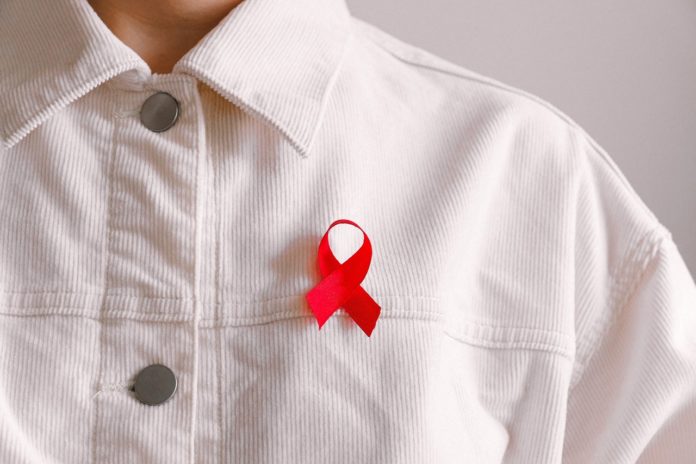
Numbers don’t always succeed in telling a compelling human story. But statistics at the UN High-Level Meeting on HIV/Aids held in New York last week helped put things in perspective.
The numbers helped interrogate responses to the epidemic in the 40 years it has been around, and the missed political opportunities for HIV prevention, treatment and care.
Let’s start with the meeting’s happier observations. In 2020, 27.4 million of the 37.6 million people living with HIV were on treatment, up from just 7.8 million in 2010.
The roll-out of affordable, quality treatment is estimated to have averted 16.2 million deaths since 2001. AIDS-related deaths have fallen by 43 per cent from 1.25 million in 2010 to 690 000 in 2020.
Progress in reducing new HIV infections has also been made, though not as markedly. There has been a 30 per cent reduction since 2010, with 1.5 million people newly infected with the virus in 2020, compared to 2.1 million in 2010.
These numbers tell a story of a global effort, but also of our human triumphs and failings in what remains to be achieved.
The UNAIDS Executive Director speaking at the meeting put it better. And, to paraphrase her, the epidemic has magnified our best traits as it has our worst.
It brings out our best traits in the courage, resilience and ingenuity in the policy frameworks and medicines that have saved and allowed people to lead normal lives.
It has also brought out our worst in the inequalities and injustices that have left vulnerable populations behind.
These marginalised populations—especially women and girls in Africa, gay men and other men who have sex with men, sex workers, people who inject drugs, transgender people and people in prisons—are more likely to be exposed to HIV and face violence, stigma, discrimination and laws that restrict their movement or access to services.
HIV disproportionately affects women in sub-Saharan Africa, where it is the first cause of death among women aged between 15 and 49 years. 25 per cent of new infections occur among young women, who only represent 10 per cent of the population.
In the meantime, 62 per cent of new infections in 2019 were among men who have sex with men, sex workers, drug users and other vulnerable groups.
Part of the reason for their vulnerability is that many countries continue to criminalise these groups.
67 countries around the world, including in Africa, criminalise consensual same-sex conduct. 92 states criminalise HIV exposure, transmission, and non-disclosure of HIV infection.
18 countries criminalise transgender people, while sex work and injection drug use remain illegal across much of the world.
The discriminatory and non-inclusive policies imply political culpability, which has needlessly prolonged the fight against HIV in the rights and services limited or denied the marginalised groups.
This is what the High-Level Meeting, themed “End Inequalities. End Aids”, sought to address, and in which a political declaration was adopted by UN Member States to achieve new targets, first by 2025, and then by 2030.
Along with committing to increase funding to the AIDS response, the countries agreed to a target of ensuring that less than 10 per cent of countries have restrictive legal and policy frameworks that lead to the denial or limitation of access to services by 2025.
They also committed to ensure that less than 10 per cent of people living with, at risk of or affected by HIV face stigma and discrimination by 2025.
The countries also committed that the numbers should have been reduced to 5 per cent by 2030.
The gains that have so far been made are a testament to the commitments that have already been kept. Keeping the new political obligations could be the last mile to finally eradicate HIV/Aids.
How the world has dealt with Covid-19 came in handy to show how this is politically achievable.
Again, UNAIDS boss best articulated it: Covid shows how science moves at the speed of political will.
We need to speed up AIDS science by investing in innovations in treatment, prevention, care, and vaccines, as global public goods.







